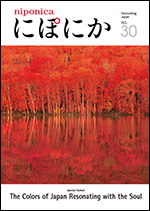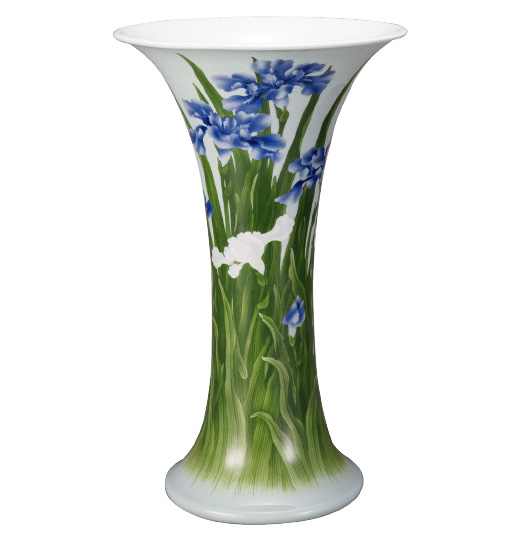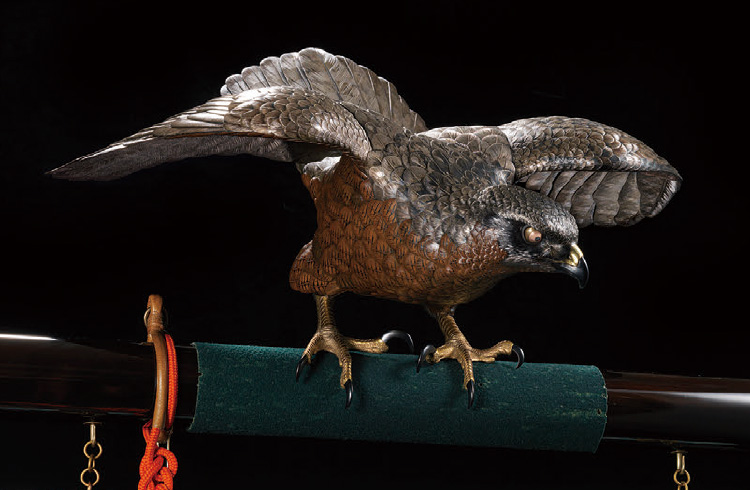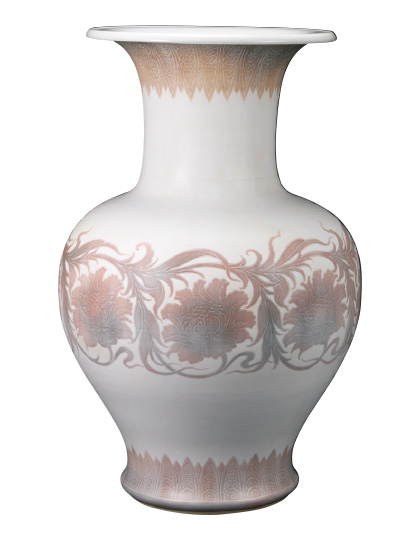
2021 NO.30
MenuThe Colors of Japan Resonating with the Soul

The Legacies in the Colors of Japan
Written by: Kitamura Hitomi (Curator, National Crafts Museum)
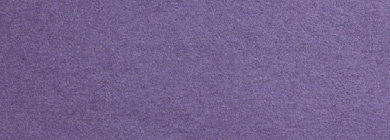
Brown and Purple: The Trend Colors of Edo
The browns and grays that were in vogue during the Edo period (1603–1868) were available in such a rich variation of tones that they were colloquially referred to as “shijyuuhatcha-hyakunezumi” (literally meaning 48 browns, a hundred grays). As clothing prohibitions were strict according to social status at the time, one catalyst to create delicate and subtle colors was the strong desire among those who loved fashion to set themselves apart within those restrictions. The techniques and sensibility to finely dividing color tones for dyeing had been polished over the history of Japan since ancient times.
For example, purple held the highest position in the era of Empress Suiko (reigning 592–628 AD) and could not be worn without the permission of the Empress. In Engishiki, a Heian-period (794–1185) book of Japanese laws and customs that was completed in 927 AD, colors were segmented with not only dark and light purple, but also with a grayish dark purple. Further, the materials for dyeing were regulated in detail. By the Edo period, purple’s implication of Imperial Court status had faded and was dyed in an array of tones such as a vivid purple (using gromwell root as a dye), a reddish-purple Kyoto purple, a bluish-purple Edo purple, and so on, enjoyed by samurai families and townspeople alike.
The Japanese sensibility of distinguishing subtle color gradations applies not only to clothing, but to the smallest ornamental details. Technology developed greatly to color the metal fittings that embellish the sword carried at the waist while bringing out its intrinsic properties. For example, it became possible to make silver-copper alloy in different shades of gray by changing the ratio of silver. This was applied to render metal as the feathers on birds and to create monochrome landscapes as if painted with ink on paper. This technology blossomed in the field of export crafts from the Meiji period (1868–1912) onward.
Miyagawa Kozan I <Vase, Japanese irises design, underglaze enamels>
c. 1897–1912, National Crafts Museum
Iris blue is one of Japan’s traditional colors.

White: A Modest Color Expression
Incidentally, it is impossible to create pure white urushi because of its material properties. When white is desired, the outstanding function of urushi as a bonding agent is used instead to adhere external materials such as shells and eggshells. When using shells, the inner mother-of-pearl layer with its rainbow reflection is thinly sliced for use. By applying mineral paint or other paint on the back, the color is softly revealed through the shell as if looking through a veil. This technique is called fusezaishiki, literally meaning “concealed color”, and was used to decorate the mirrors and penknives preserved at the Shosoin Repository.
With methods similar to fusezaishiki also used for Japanese paintings and ceramics (photo 9), it is evident that Japanese people were interested in this type of exquisite effect. The presence deep within is enigmatically hinted through the white radiance of the shell. This is a clear example of the sensibilities of the Japanese people, who consider subtleness to be a virtue.
Itaya Hazan <Vase, incised peonies design, underglaze color and mat glaze> 1922, National Crafts Museum
Colors surface from under the translucent glaze.
Kitamura Hitomi: Curator, Head of Crafts Section, Crafts Department, National Crafts Museum. She specializes in modern craftwork history. Recent exhibitions include “Marcel Breuer’s furniture: Improvement for good” (The National Museum of Modern Art, Tokyo, 2017) and “Masterpieces of Modern Crafts from the Museum Collection—Special Display: Modern Tea Caddies” (Crafts Gallery, The National Museum of Modern Art, Tokyo, 2018).
Photos (Washi: Japanese traditional handmade paper): PIXTA

